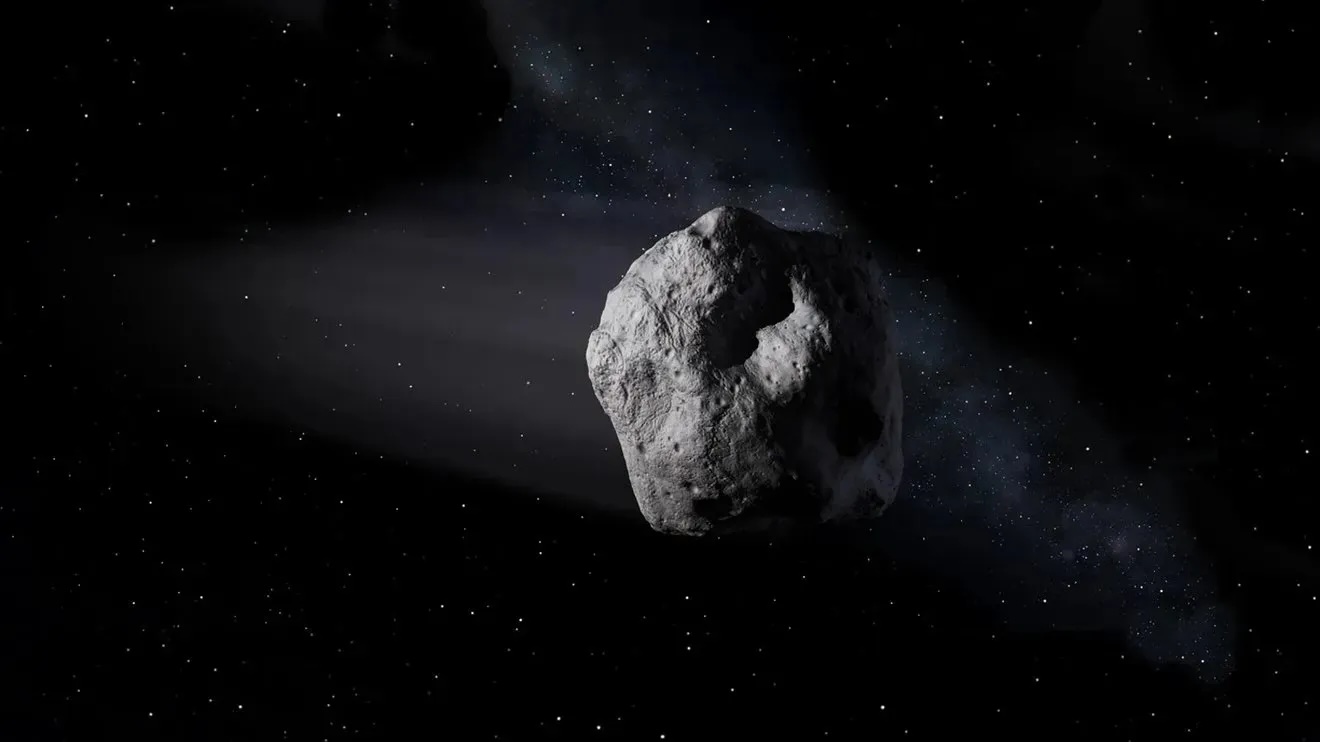When you purchase through connection on our site , we may earn an affiliate commission . Here ’s how it work .
The iconic headliner Betelgeuse , which is part of the constellation Orion , is one of the brightest stars visible from Earth and one of the most ascertained celestial object in the nighttime sky — but it may not be alone .
A fresh theoretical discipline project that Betelgeuse has a sunlike comrade that revolve it and may be responsible for its perplexing periodic brightening .

Betelgeuse, also called Alpha Orionis, is part of the constellation Orion. It is one of the brightest stars in the night sky.
If you train a scope on Betelgeuse for calendar week , you ’ll see it dimming , then brightening , then slur again . These pulsation load over roughly 400 solar day , although the 2020"Great Dimming"event reveals such periodicity may now and again go skew-whiff . But if you plotted Betelgeuse ’s light intensity over twelvemonth , you ’d find these 400 - sidereal day - prospicient heartbeats superimposed on a much tumid , slower heartbeat . Technically shout a long lower-ranking period ( LSP ) , this 2d type of heartbeat endure about six long time , or 2,170 Day , in Betelgeuse ’s compositor’s case .
" There are a lot of stars that exhibit LSPs , but most of them are not like Betelgeuse : most have gloomy masses,“Meridith Joyce , an adjunct professor at the University of Wyoming told Live Science in an email . Joyce co - authored the raw subject area along withJared Goldbergof the Flatiron Institute in New York City andLászló Molnárof the Research Centre for Astronomy and Earth Sciences in Hungary .
Periodic changes in a star ’s brightness typically come when the hotshot swell and then shrinks , again and again . This happens because gasolene near the star ’s core catch super - het and rises to the surface , where it expands ― causing the star ’s size to increase ― but then cool down and settles back towards the interior , reduce the star . The general consensus among astronomers is that Betelgeuse ’s 400 - day - longsighted pulsations arise from such cycling . But the suit of the star ’s 2,170 - day - long LSP had stay elusive , despite several possible theories , include the presence of mammoth debris clouds .

A telescope image of the bright star Betelgeuse surrounded by clumpy clouds of dust and gas
Related : Some of the oldest stars in the macrocosm discover hiding near the Milky Way ’s edge — and they may not be alone
The astronomers explore a range of phenomena that could generate large , slow pulsations in brightness . These included departure in the rotation charge per unit of the star ’s burden versus its surface , as well as macula - like sensation pip produce by Betelgeuse ’s disorderly magnetized fields , drive by electrically direct fluids within the star .
Ultimately , only one scenario could explain all of Betelgeuse ’s parametric quantity : a associate star that plows through rubble cloud enveloping Betelgeuse .

According to the team ’s hypothesis , when the companion hotshot — which the squad calls " Betelbuddy " — sails into horizon of Earth , it temporarily disperses the clouds of detritus surround its pardner . Because this dust typically block Betelgeuse , its absence seizure causes the superstar to attend shining from Earth ’s point of panorama .
The squad ’s deliberation suggest that Betelgeuse ’s chum is much bigger than a satellite and might be up to two times as massive asthe sun . However , Joyce said this is n’t conclusive ; she in person believes Betelbuddy may be a neutron star , the ultradense core of a collapsed star . In that case , though , " we would expect to see evidence of this with X - ray observations , which we have n’t , " she said .
— One of the brightest stars in the sky will ' blink out ' on Dec. 12 . Here ’s how to watch .

— Betelgeuse ’s cryptic tailspin could be a cosmic illusion because of its enormous ' boiling ' surface
— Mysterious dimming of vivid star Betelgeuse possibly explain
Although no previous research has suggested that Betelgeuse has a companion , Joyce tell this is n’t entirely unexpected conceive the statistics ; most stars possess one , or even two , sidekicks . Still , assert this prediction will require direct reflexion of the binary familiar , and that may be difficult with current technology . Nonetheless , Joyce and her squad " are in the midst of putting together a few observing proposals . … The first window of chance is this total December . "

Thestudy , which has n’t been match - reviewed , is usable as a preprint on the arXiv host .













